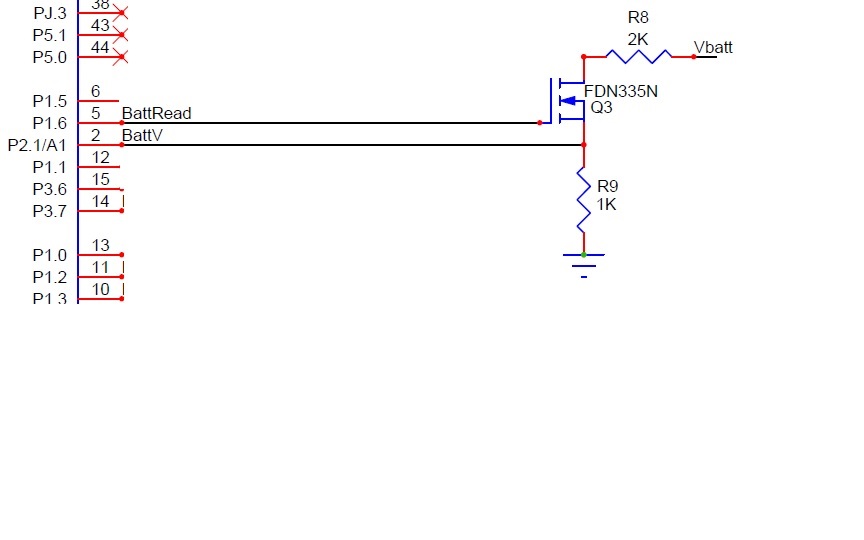This was previously posted in the Low Power RF Proprietary Software & SimpliciTI Forum, in response to Chris's origninal post. I'm reposting it here.
I still need an answer. Thanks.
Hi Chris,
I having the same problem as you.
I use P0.3 to read the a battery voltage -- (not the VDD to the cc2510).
I have a resistor divider of 5.11M and 1.27M. P0.3 gets 20% of a 9V battery or ~1.8V.
I can read VDD through the internal VDD/3 input and 1.25 Vref.
Does the ADC need more input current than these megaohm resistors provide?
Can I fix this with a small capacitor in parallel with the 1.27M resistor.
Is this a P0.3 problem? Its the same input as Chris is having problems with.
I only use P0.3.
HEY TI! Please answer this post.
Jack


